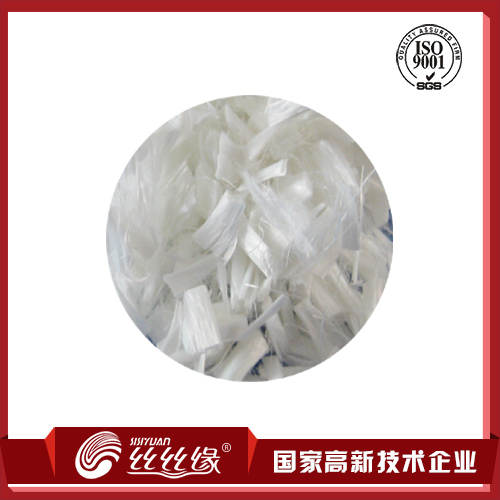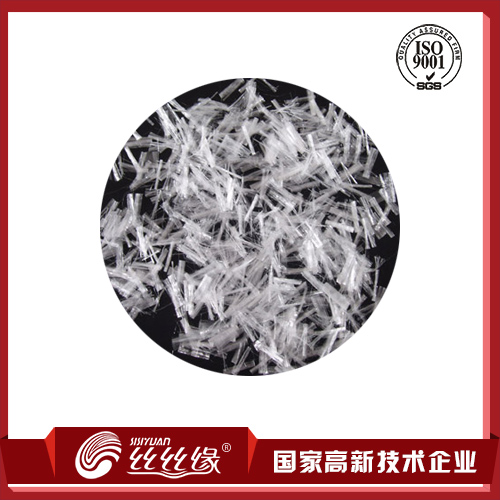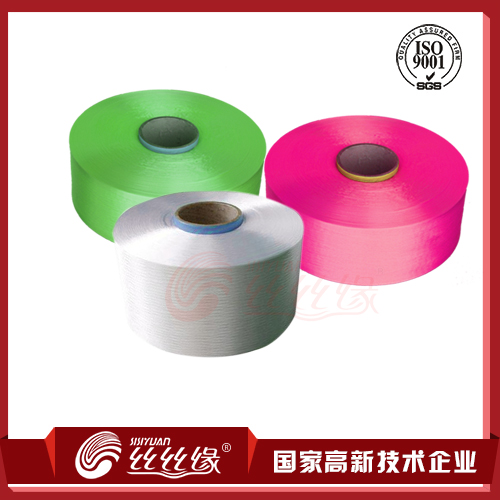
During the construction of the die bag fabric, we should pay attention to these problems:
1) Roll the two sides of the mold bag to grasp the position of the edge of the mold bag during the laying process.
2) The mold bag is wound up, and the wound bag roll is not only small in diameter, but also convenient for manual handling and laying, and the air in the bag roll is less sealed, which shortens the time required for the submerged sink. (Because the texture of the bag fabric is dense, the air sealed inside can not be discharged at once, and the bag roll floats on the water surface due to the large buoyancy. It must wait until it is soaked by seawater to start. Underwater laying work generally takes 2O 30 min).
3) Transport the rolled mold bag to the placement site, and determine the position of the shoulder end of the die pocket according to the design of the shoulder end position plus the longitudinal shrinkage (according to 3% of the length of the mold pocket).
4) In order to ensure the tight seam between the mold pockets, there should be a lap width of not less than 30 cm between the newly placed mold pocket and the filled mold pocket, and the mold pocket will be placed at a certain position. Once the rolls are placed, the molded bags can be manually sewn. 5) When the construction of the project bag is started, the slope of the embankment is in the flow of water, which directly affects the construction of the formwork. At high tide, the inward water rushes the bag away from the slope to make it in place; the outward flow causes the bag to stick tightly on the slope, which causes trouble for the laying work.
Clearly understand the matters needing attention in the construction of the mold bag fabric, which can reduce the operation errors and ensure that the project is fast and good.







